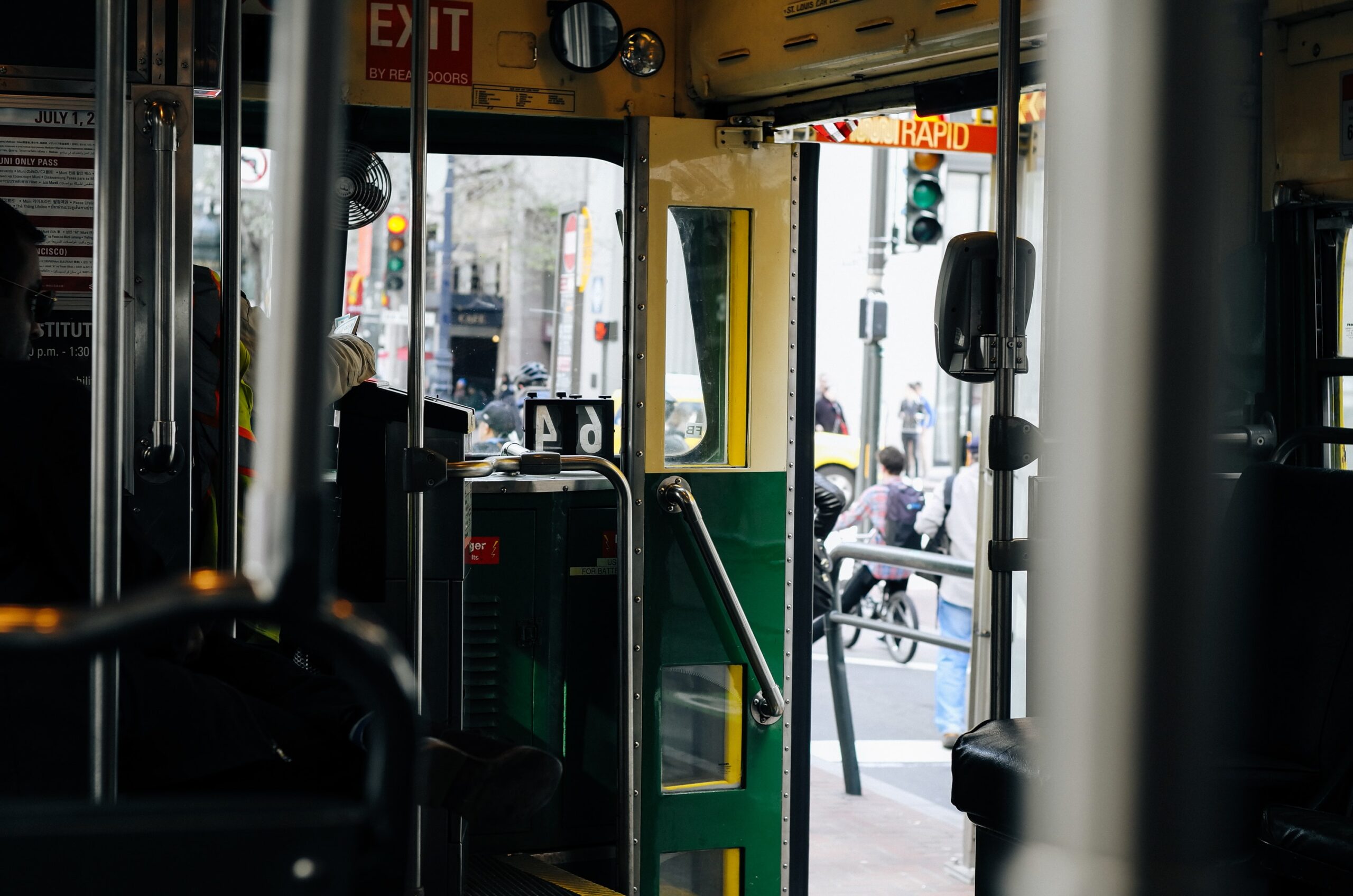
Abstract
Improving bus stops by providing shelters, seating, signage, and sidewalks is relatively inexpensive and popular among riders and local officials. Making such improvements, however, is not often a priority for U.S. transit providers because of competing demands for capital funds and a perception that amenities are not tied to measurable increases in system effectiveness or efficiency. This study analyzes recent bus stop improvements made by the Utah Transit Authority (UTA) to determine whether, and to what extent, the improvements are associated with changes in stop-level ridership and demand for Americans with Disabilities Act (ADA) paratransit service in the areas immediately surrounding improved bus stops. The study compares ridership and paratransit demand from before and after the improvements at the treated stops and at a set of unimproved stops selected using propensity score matching to control for demographic, land use, and regional accessibility influences. The analysis shows that the improved bus stops are associated with a statistically significant increase in overall ridership and a decrease in paratransit demand, compared to the control group stops. These outcomes are important for transit service providers as they seek to increase overall ridership and reduce costs associated with providing paratransit service.
The full article can be found here.